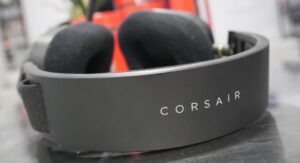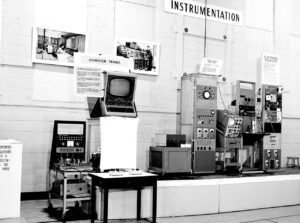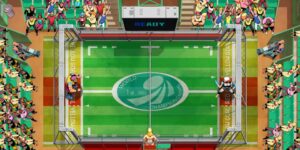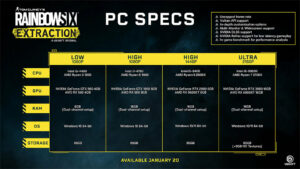Gran Turismo 7 is finally with us, the first full entry in the series in almost a decade, even if Gran Turismo Sport blossomed into a much broader game than it started as. Just as with Gran Turismo 6, it comes around the turn of a generation, but where that game launched exclusively for PS3, a good month after the PS4’s release, Gran Turismo 7 is out for both PS4 and PS5.
As a cross-gen release, it’s another fascinating game to look at to see how developers are bridging the generational divide.
Let’s get the first big talking point out of the way: ray tracing. While this featured quite heavily in the game’s initial reveal, seeming to promise ray-traced lighting through the game, that’s simply not the case. Ray tracing is only ever active when you are not driving a car. So that’s in the garage, in Brand Central, in GT Auto, in replays, photo mode, and even in the race opening camera cuts before settling into the 3-second countdown.
There’s good reason for this. Polyphony obviously want to prioritise 60fps racing, and when ray tracing is active, the game is limited to 30fps. I also feel that there’s diminished returns in visual fidelity here. Some aspects are improved by ray tracing, with more realistic shadowing and the way that light bounces within a car’s interior. However, the raw reflections can be pretty rough, their resolution low, heavily aliased and smeared with motion. It can be quite shocking when the rest of the image is in 4K.
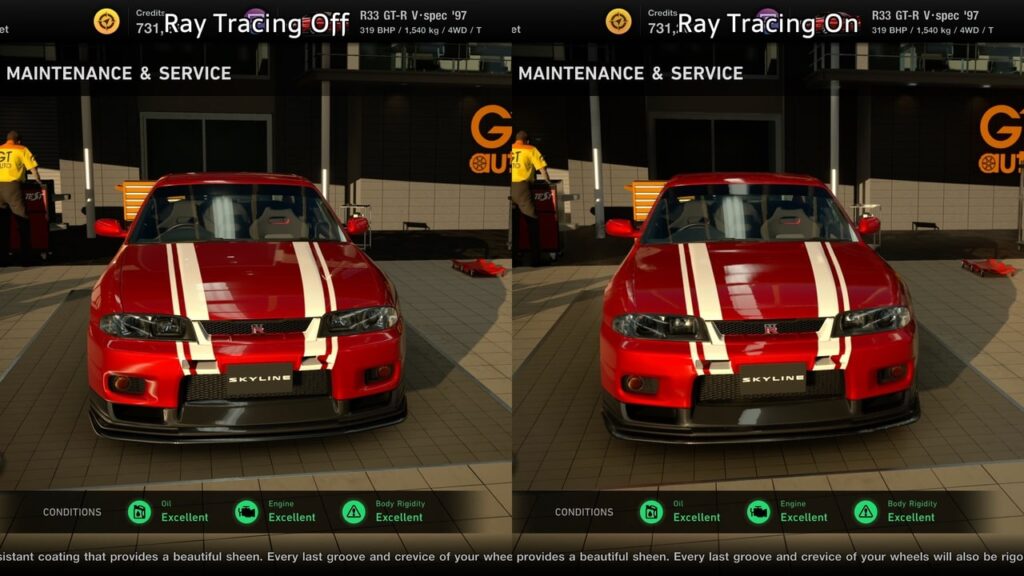
Outside of photo modes, ray tracing can be quite ugly compared to more traditional reflections.
The area where ray tracing will come into its own is for still imagery using the photo modes. Here, where there’s no pressure to keep to a certain frame rate, Polyphony can increase the quality of the ray tracing, giving you a fantastic ability to capture car reflections. Turn off ray tracing and those cars just aren’t there.
Moving on from that aspect, and GT7 often feels like it’s been built around the foundations of GT Sport and the PlayStation 4, like there’s much more that could be gained from a fully native PS5 game.
There’s certainly a variety of improvements to things like texture filtering, quality of reflections (non ray-traced, that is), motion blurring and more, but you can also see the areas where it’s restricted, or kept in lockstep with the last generation. The Level of Detail bounds are pretty similar between PS5 and PS4 Pro, and you’ll often be able to see detail pop into existence on cars as you get closer, or even a hard edge to shadows hitting their higher detail versions. It’s a shame that this couldn’t have been extended further from view, or masked in other ways. Track detail, and specifically the scenery around the circuit is another area where, while it’s good, it certainly feels beholden to the PS4.
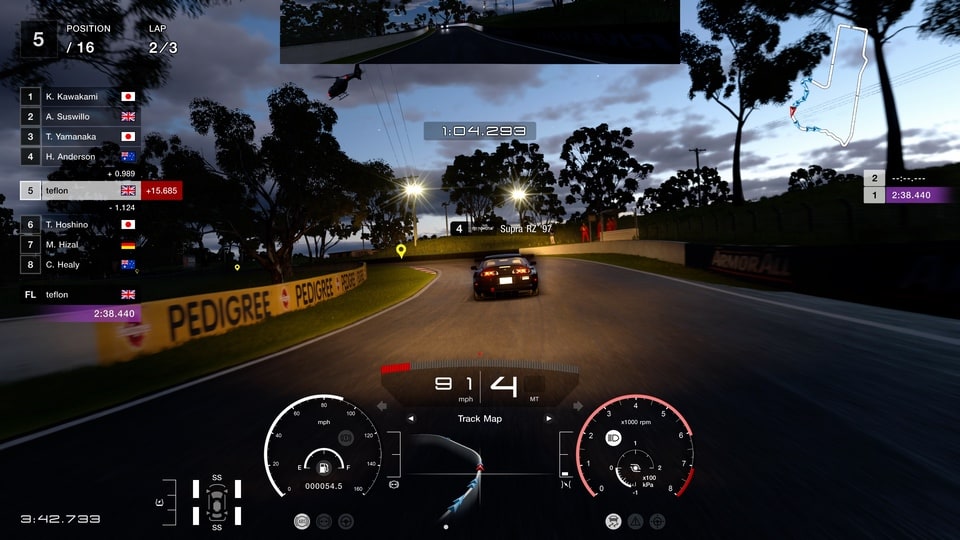
Select tracks have full 24 hour races.
Of course, that’s not to say it looks bad. There’s also significant strides made since GT Sport, where Polyphony has been able to implement dynamic time through the day and, in limited cases, through a 24-hour cycle, and also bring back dynamic wet weather conditions. Their fastidious approach to both is admirable, even if they are limited.
Taking a quick diversion to talk about loading times, they feel practically instant on PS5, coming in at just 6 or 7 seconds, while loading up a large track filled with cars can take over half a minute on PS4 Pro and around 40 seconds on PS4. The older consoles both also feel more sluggish when navigating the menus, taking time to load up your garage and switch between cars. That’s what you get when stacking an SSD up against an old hard drive.
In terms of raw resolutions, the base PS4 runs at 1080p, PS4 Pro at 1800p checkerboarded, and PS5 at native 4K, all aiming for 60fps. By and large, performance is fantastic, though the PS4 is always going to be the console that struggles first and the most.
In the dry, the only track that I’ve really felt any kind of frame rate drops on PS5 is Deep Forest, which hitches when dashing through the tight and twisty inner area. At other times, maybe there’s a one frame dropped here or there, but it’s barely noticeable. Over on PS4 Pro and PS4, they’re both very good still, but you’re much more likely to see them dip and stay in the mid-high 50s for several seconds if there’s a cluster of cars on track. Of course, you can stress the systems by going for a wet weather race, loading up a big track and filling the grid to the maximum of 20 cars.
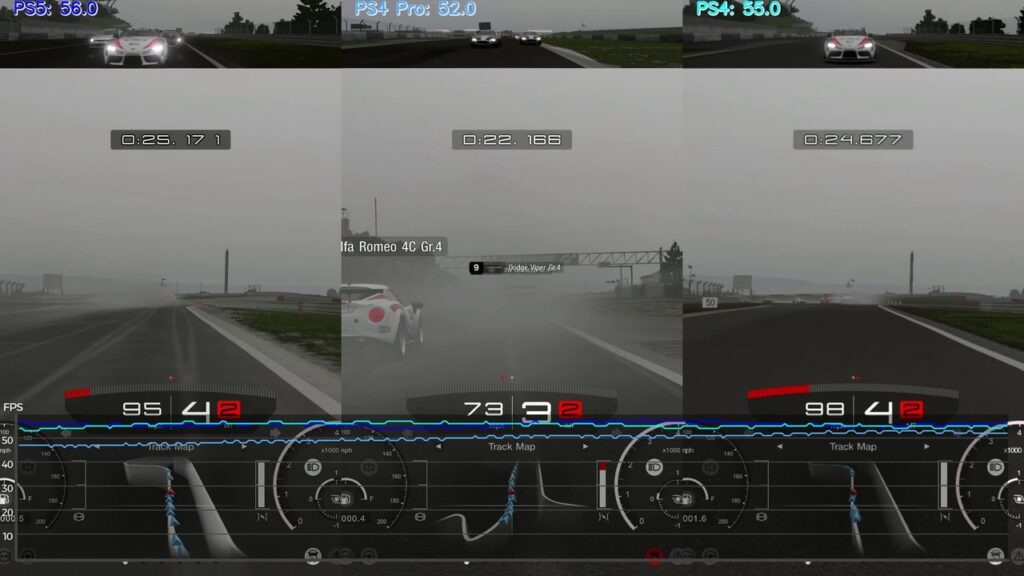
All consoles struggle with high intensity wet weather racing.
All systems remain perfectly playable in this situation, but the frame rate simply cannot hold to 60fps on any of the three consoles. Instead, across the board, we’re seeing frame rates in the mid-low 50s most of the time, sometimes into the 40s, with the base PS4 the hardest hit of the three and more regularly in the 40s. However, this is very, very much the exception rather than the rule.
All in all, I feel that Gran Turismo 7 plays great across all three consoles, so long as you accept that 60fps is not a guarantee on the last generation. With a few small caveats, it also looks especially good on PlayStation 5, where the limited ray tracing functionality will combine with Photo modes to make for some truly stunning imagery over the coming weeks. However, it’s also fair to say that there’s plenty of headroom for further technical refinement and, eventually, for a PS5-only game to stride ahead from this initial effort.
Gran Turismo 7 Guides from TheSixthAxis
- How to unlock Gran Turismo 7 multiplayer and Sport mode
- Gran Turismo 7 Free Gift Car Guide – Which cars do you get from Menu Books, Licence Test & Missions?
- Gran Turismo 7 – What are Meeting Places and how to find them in the menus
- What GT7 tracks support night racing and 24h day-night cycle?
- What Gran Turismo 7 tracks have wet weather racing?
- How does Music Rally feature in Gran Turismo 7?
- Coinsmart. Europe’s Best Bitcoin and Crypto Exchange.
- Platoblockchain. Web3 Metaverse Intelligence. Knowledge Amplified. FREE ACCESS.
- CryptoHawk. Altcoin Radar. Free Trial.
- Source: https://www.thesixthaxis.com/2022/03/04/gran-turismo-7-ps5-vs-ps4-performance-comparison-and-what-about-the-ray-tracing/
- "
- &
- 4k
- 7
- About
- across
- active
- Aiming
- All
- Another
- AREA
- around
- auto
- before
- board
- Books
- brand
- car
- cars
- case
- cases
- closer
- coming
- comparison
- Console
- day
- detail
- developers
- driving
- dropped
- Edge
- fair
- fascinating
- Feature
- featured
- fidelity
- Finally
- First
- Free
- full
- game
- generation.
- Giving
- good
- great
- Grid
- guide
- Guides
- Hard Drive
- here
- High
- hold
- How
- How To
- HTTPS
- i
- image
- Increase
- IT
- large
- Level
- licence
- light
- Limited
- load
- Long
- maximum
- more
- multiplayer
- Music
- noticeable.
- opening
- Other
- performance
- playstation
- playstation 4
- playstation 5
- Plenty
- pressure
- Pro
- ps4
- ps5
- quality
- Race
- racing
- rally
- Rates
- Raw
- RE
- Reflections
- release
- REST
- returns
- s
- Series
- significant
- small
- So
- Sport
- started
- stay
- stress
- stride
- support
- Switch
- Systems
- talking
- Technical
- test
- The
- The Garage
- Through
- time
- track
- traditional
- unlock
- us
- View
- What
- within
- youtube
